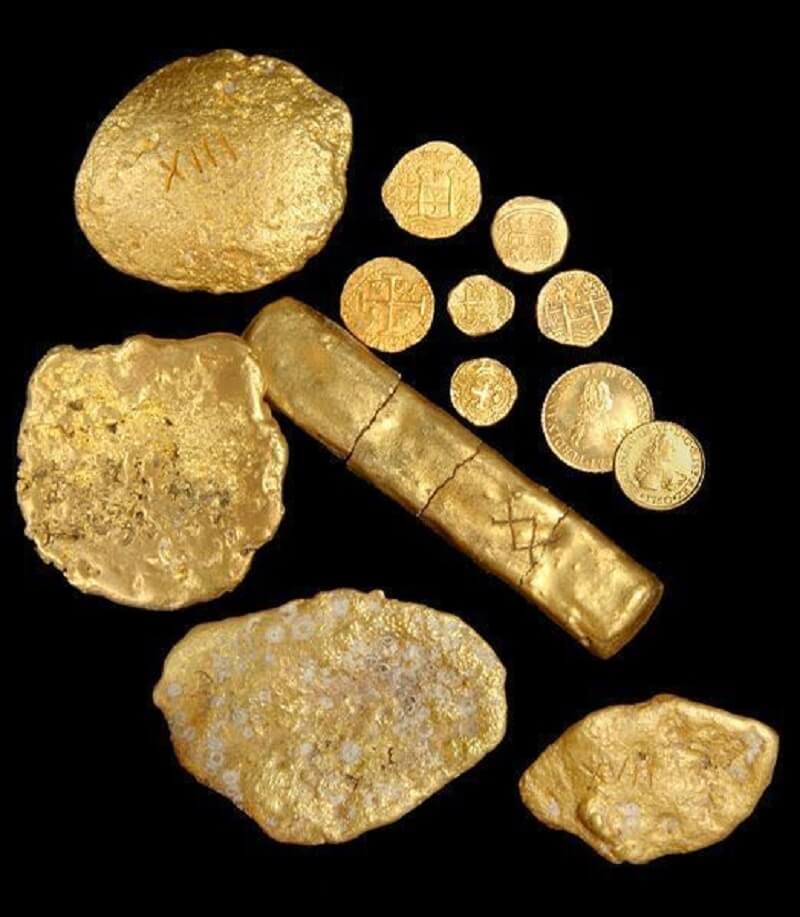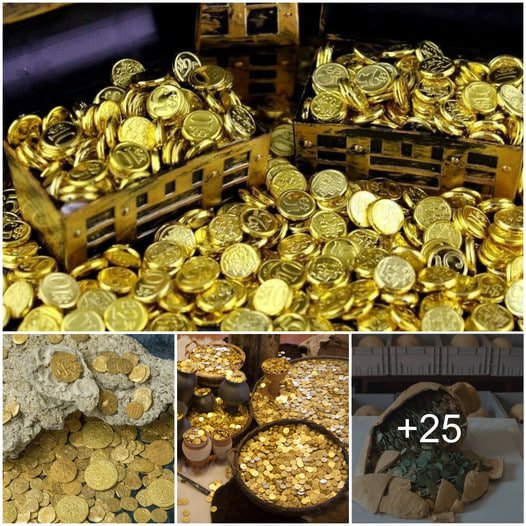An assortment of ancient coins discovered inside a cow bone will be part of the display at a new exhibition. The show, located at Lynn Museum in King’s Lynn, will showcase some of the most impressive treasure discoveries made in the north-west Norfolk region.

Picture credit goes to the Norfolk Museums Service, showcasing The Fincham Coin Hoard consisting of silver sceattas from the years 710-750 AD. Norfolk is known for being a treasure trove of hoards, featuring a variety of artifacts being displayed to the public for the first time. According to curator Oliver Bone, these finds provide a glimpse into history, offering a remarkable collection of archaeological discoveries specific to Norfolk. The hoards span from the Bronze Age (2,300BC-800BC) all the way to the English Civil War era (1642-1651AD), encompassing a wide range of valuable objects and currency.





The museum highlighted the Sedgeford Hoard as one of its top attractions, which consists of 32 gold coins that were found in 2003 during an archaeological excavation in Sedgeford. What makes this discovery even more fascinating is that twenty of these coins were found inside a cow bone, which was revealed through X-ray scanning. The reason behind why the coins were placed inside the bone remains a mystery – whether it was meant as an offering to the gods or hidden for safekeeping. In addition to this remarkable find, the museum will also showcase Bronze Age artifacts that were unearthed on the beach at Holme-next-the-Sea near the Seahenge wooden monuments.

Source: Norfolk Museums Service
Description: The Fincham Coin Hoard contains silver sceattas dating back to 710-750 AD. These coins, known as sceattas, were the earliest form of pennies made in The Netherlands over 1,300 years ago. The exhibit also features the Dersingham Hoard, a collection of silver shillings found in a silver cup, buried in 1643 during the civil war when King’s Lynn was under siege.
The coins in the Fincham Hoard were well-preserved, indicating they were not in circulation for long before being buried. The inclusion of the Dersingham Hoard suggests that locals buried their possessions out of fear of looting during the war.
Margaret Dewsbury, Norfolk County Council cabinet member for communities, expressed excitement about the exhibition, stating that it will provide a unique opportunity for the community to view and learn about these artifacts, many of which have never been shown to the public before.
The exhibition, titled “Hoards: Archaeological Treasures from West Norfolk,” will be on display at Lynn Museum until June 11, 2023.

